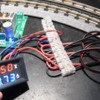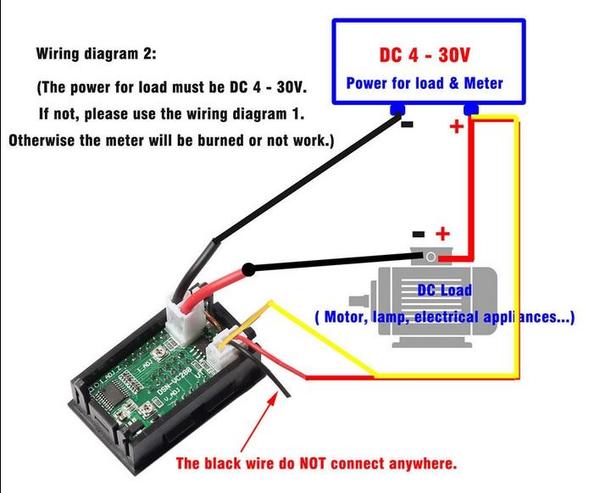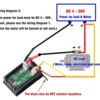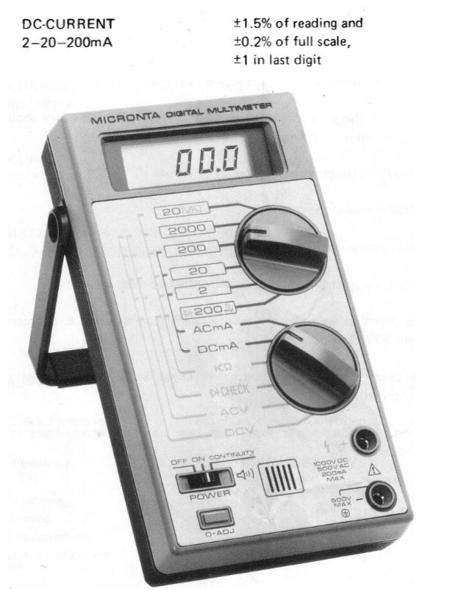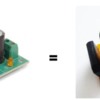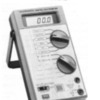Yeah, accessory power from xfrmr was the task, then feed buss for connect to buildings. Why would I want meter built in? Will the converter out voltage change/drift over time so I need to monitor that?
Once set, the voltage will insignificantly drift/change with temperature, age, amount of buildings attached, and maybe even the phase of the moon. 
What baffles me is how Menards sells wall-wart adapters for buildings. From what I can tell you choose the 1-plug adapter if you have 1 building. You choose the 3-plug adapter for up to 3 buildings. I get that this is easy-to-understand but seems overly simplistic. In my opinion this was what got them in trouble with their unregulated 4.5V DC adapters but I've beaten that horse in other threads.
Anyway, for about $2-3 shipped on eBay you can get a meter that monitors both the voltage AND current to the buildings.
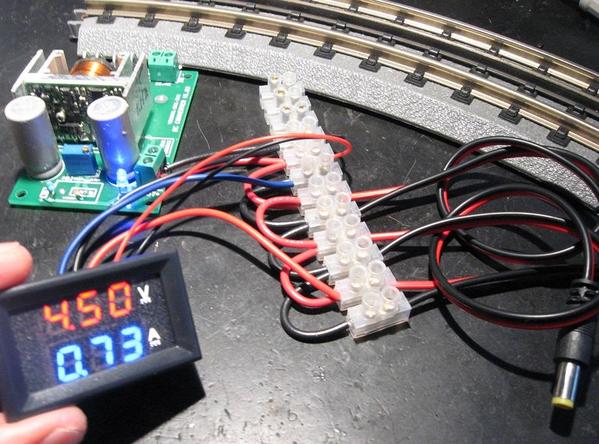
IIRC member cjack first showed this idea of using this (or similar) digital meter in another lighting thread. So if you're making a DIY distribution scheme for 4.5V DC to buildings the addition of a current monitor can be handy. Here's why.
The current draw of the Menards buildings vary all over the map. I believe the lowest is the quonset hut which has only 2 (I think) LEDs. Then you have buildings with over a dozen LEDs, a blinking sign, and maybe a small motor spinning a fan. Such a building might draw, say,10 times the current of the quonset hut.
By monitoring the current (shown as 0.73 Amps or 730 mA in photo above), you know where you are. There have been a few data points in some of the other threads but nothing comprehensive. Woodland Scenics provides guidance for their buildings on number of mA. Then, since the wall-wart adapter are rated for, say, 1000 mA or 2000 mA you can plan accordingly.
I'm imagining how each Menards building would specify the # of mA so that end-users can plan accordingly. Or at least someone who has some of these buildings (I don't) could make some measurements to ballpark the mA requirements. Then you simply count up the number of LEDs, blinking signs, spinning fan motors, and whatever other goodies to get a handle on mA power requirements.
 you guys are the best. Never would have known about buck converters were it not for you and the forum. 4.5 volts DC out from 6V-18V AC in. Those Menards buildings are going to shine!!
you guys are the best. Never would have known about buck converters were it not for you and the forum. 4.5 volts DC out from 6V-18V AC in. Those Menards buildings are going to shine!! ![]() Thanks much.
Thanks much. 




